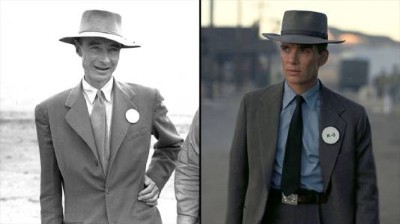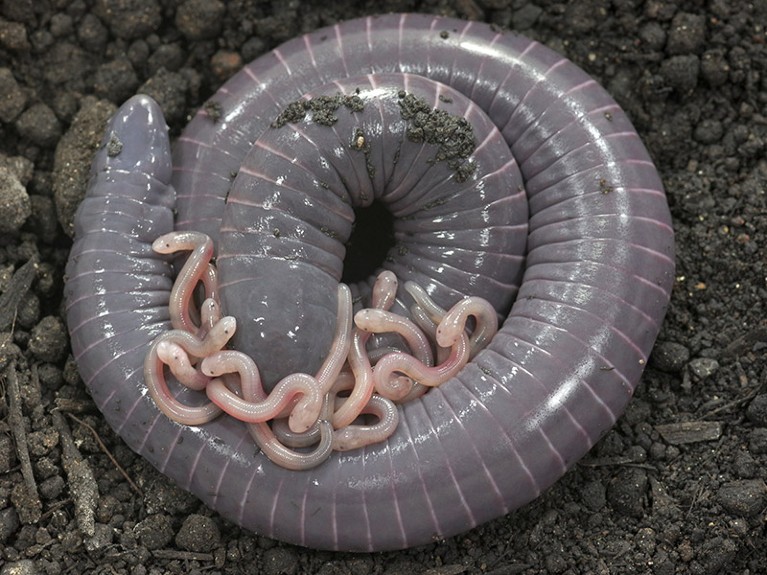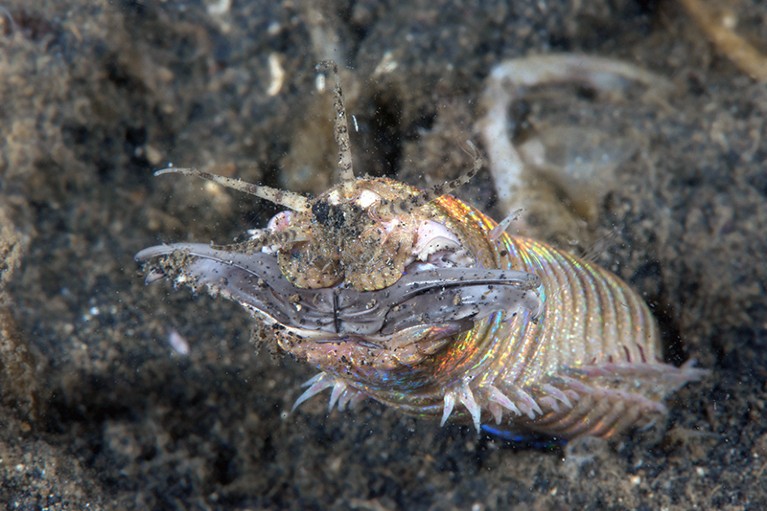[ad_1]
If you’re looking to improve the sound on your TV, one of the easiest ways is to add one of the best soundbars.
These days, soundbars include more features than ever before. One of the most popular is Dolby Atmos. Some soundbars, such as the Samsung HW-Q990C, have evolved from a simple bar to an entire wireless surround sound package, creating a fully immersive experience without a complicated setup.
However, some of us don’t have the space for these mammoth soundbar systems and instead require a smaller, all-in-one package. But, do you have to sacrifice Dolby Atmos sound to save on space?
Thankfully, the answer is no. Some of the best Dolby Atmos soundbars are standalone bars compact enough to suit most living situations. Below, I’ve listed three soundbars that compromise on space, but not sound.
As a bonus, these Dolby Atmos soundbars are budget-friendly – meaning you can expect to pay under $500 / £500. There are cheaper soundbar options, but you’re not likely to get Dolby Atmos (and if you are, it won’t be at its most effective) with those models.
Sony HT-S2000
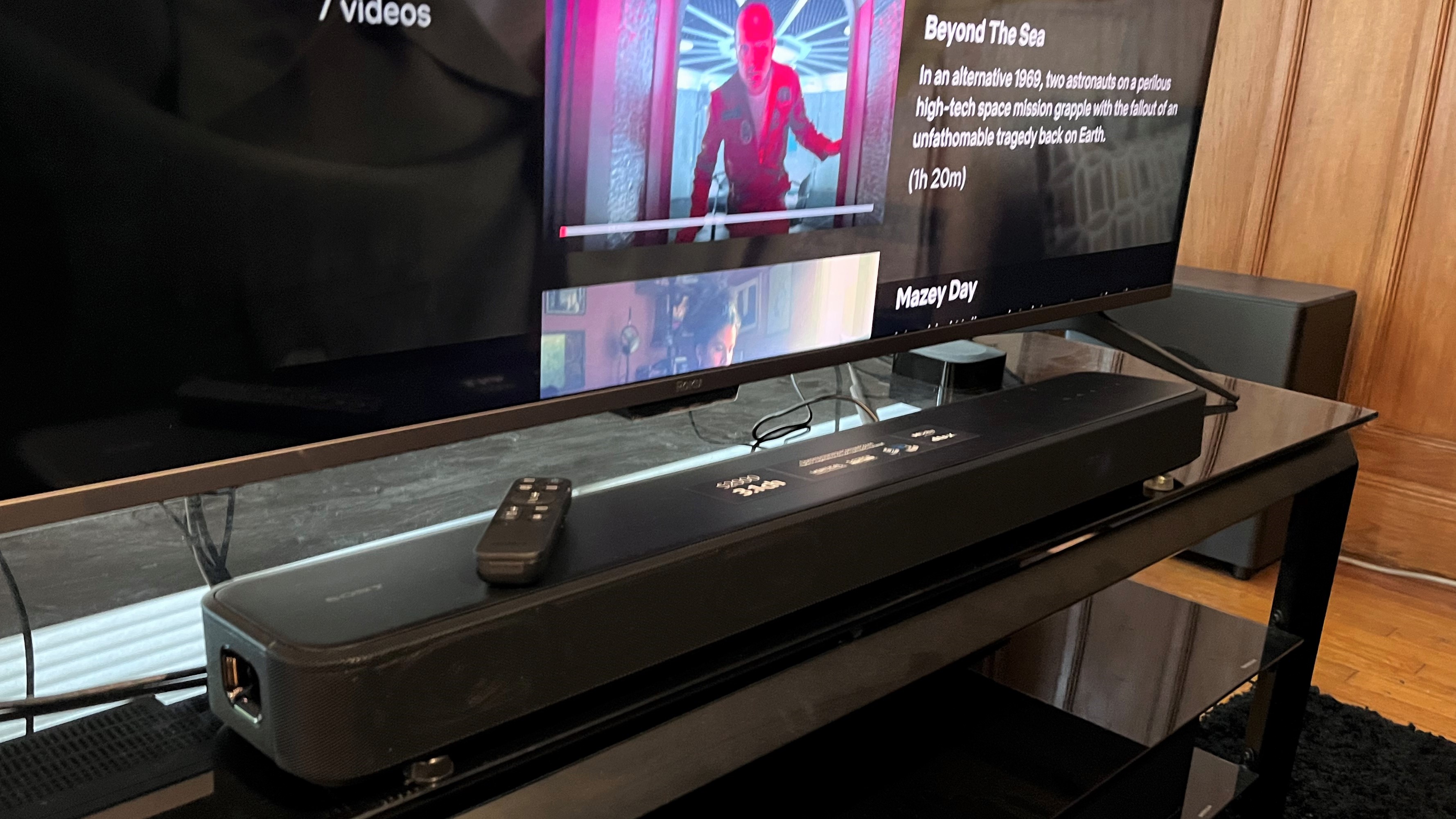
The Sony HT-S2000 is the most budget-friendly soundbar in this list, as we’ve seen prices fall to $349 / £299, but that doesn’t mean it’s a slouch when it comes to performance. Across the board, the HT-S2000 utilizes Sony’s design prowess to get the best from a budget bar.
At 31.5 x 2.5 x 5.25 inches (800 X 64 X 124 mm), the HT-S2000 is a compact soundbar, but during our tests, we found it delivered clear and refined dialogue and spacious sound. Despite a lack of upward-firing speakers, the HT-S2000 worked wonders with Dolby Atmos and DTS:X soundtracks, harnessing some excellent processing to create a solid virtual surround sound.
The HT-S2000 is a little limited in features – there’s no built-in Wi-Fi, which means wireless music streaming is limited to Bluetooth quality. But it’s an easy-to-use, simple-to-setup soundbar that will suit anyone looking to boost their TV’s built-in sound.
Sonos Beam (Gen 2)

Sonos doesn’t just make some of the best wireless speakers, it also has an accomplished soundbar range, led by the Sonos Arc. However, this large, more premium soundbar won’t suit everyone. Thankfully, its more compact and affordable sibling, the Sonos Beam (Gen 2), doesn’t lack for performance.
It may be small in stature, sitting at 25.6 x 2.7 x 3.9 inches (651 x 69 x 100mm), but the Beam (Gen 2) delivers room-filling sound thanks to its wide soundstage. It is Dolby Atmos compatible and although its handling of Atmos wasn’t quite as impressive as other Atmos soundbars during our test, it still delivers an excellent sense of height and surround for a compact soundbar with no upward-firing speakers.
Music playback is where the Beam (Gen 2) really shines. It offers hi-res audio compatibility and Wi-Fi streaming, which, combined with the Beam’s overall sonic performance, yields a clean, punchy, well-controlled sound. You can expect to pay $499 / £499 / AU$799 for the Beam (Gen 2), but come holiday sales season, the Beam is almost always on offer for less.
Bose Smart Soundbar 600
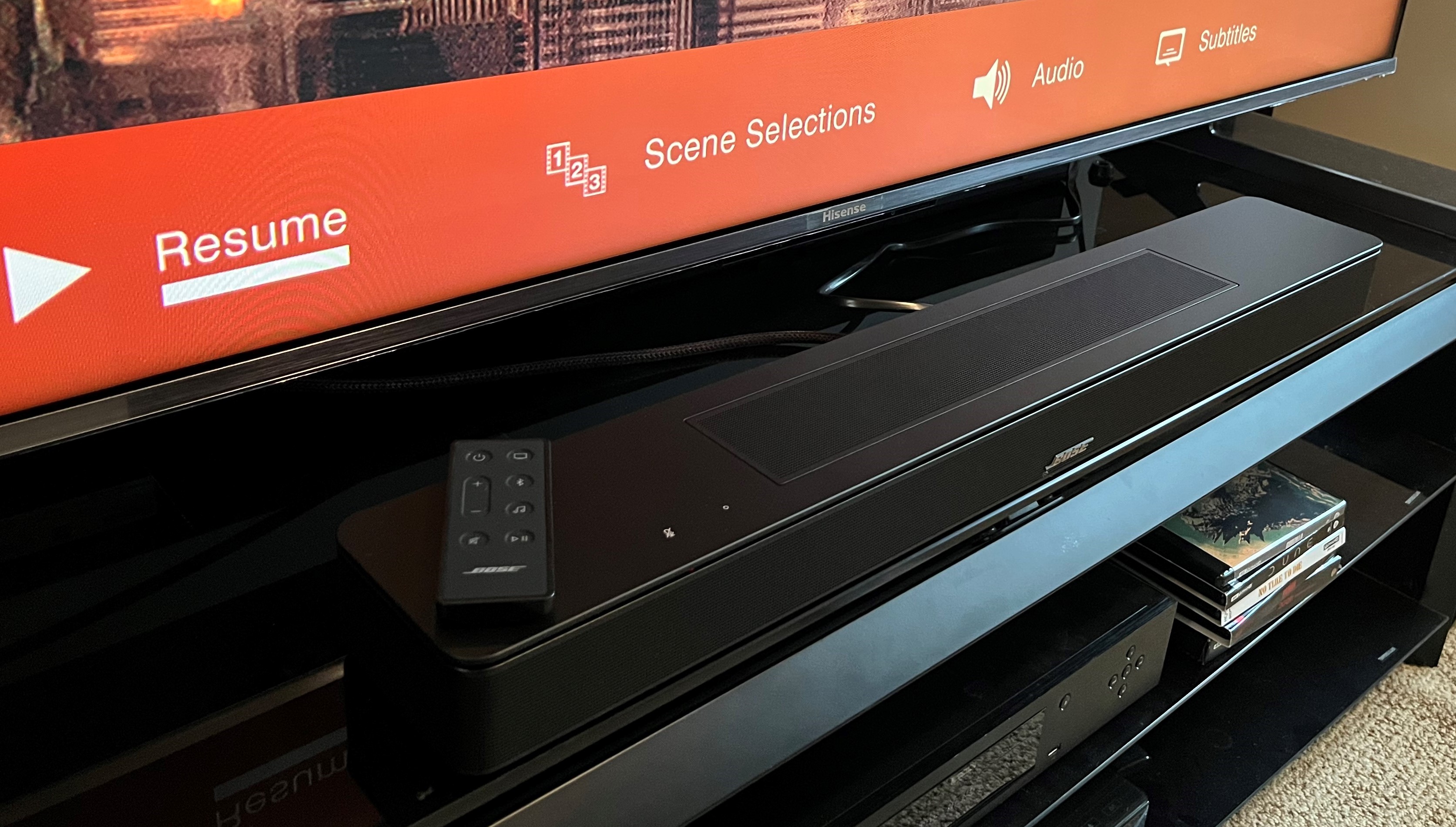
An alternative to the Sonos Beam (Gen 2), the Bose Smart Soundbar 600 is priced the same ($499 / £499 / AU$799) and is subject to similar seasonal discounts as that model. It’s even a strikingly similar size, clocking in at 25.5 x 2.2 x 4 inches (649 x 56 x 104mm). However, the Bose 600 offers one thing the other two soundbars on this list don’t: upward-firing speakers.
As a result, the Bose 600 presents Dolby Atmos soundtracks with a real sense of atmosphere and immersion – or as we said in our review “easily scaling up to match the onscreen action, and also extending above and beyond it”. The Bose 600 has excellent dialogue clarity as well.
It’s not all perfect with Bose’s soundbar, as it does lack bass, but it does what it can with the size it’s given. The Bose 600’s design is another strong point, with a sturdy metal enclosure that feels like it’s built to last. It also comes with built-in Wi-Fi for music streaming and, of the three soundbars listed here, will arguably give you the best Dolby Atmos presentation.
You might also like…
[ad_2]
Source Article Link




